

Self screws, also known as self-tapping screws, are fasteners that create their own threads as they are driven into a material. This eliminates the need for pre-drilled holes in many applications, making them a time-saving and efficient fastening solution. This guide delves into the different types of self screws, their applications, and how to choose the right one for your project.Types of Self ScrewsSelf screws come in a variety of types, each designed for specific materials and applications. Understanding these differences is crucial for selecting the appropriate screw.Self-Drilling ScrewsSelf-drilling screws, sometimes called TEK screws, feature a drill-bit-shaped point that eliminates the need for a pilot hole. They can drill, tap, and fasten in a single operation, making them ideal for use in metal, wood, and plastic. Hebei Muyi Import&Export Trading Co.,Ltd offers a wide range of these screws. If you are looking for reliable fasteners, visit Hebei Muyi's website to explore your options.Key Features:Drill-bit point for self-drilling.Variety of head styles (e.g., pan, flat, hex).Suitable for metal, wood, and plastic.Self-Tapping ScrewsSelf-tapping screws, unlike self-drilling screws, require a pilot hole, but they tap their own threads as they are driven. They are often used in softer materials or where precise thread engagement is necessary.Key Features:Requires a pilot hole.Taps its own threads.Ideal for softer materials.Thread Forming vs. Thread CuttingWithin the category of self-tapping screws, there are two main types: thread forming and thread cutting. Thread-forming screws displace material to create threads, while thread-cutting screws remove material to create threads. Thread-cutting screws are typically used in harder materials.Applications of Self ScrewsSelf screws are used in a wide array of industries and applications. Here are a few common examples:Construction: Fastening metal roofing, siding, and framing components.Automotive: Assembling vehicle components, such as interior panels and trim.Electronics: Securing circuit boards and other electronic components.Manufacturing: General assembly of various products.DIY Projects: Woodworking, metalworking, and general home repairs.Choosing the Right Self ScrewSelecting the correct self screw depends on several factors, including the materials being joined, the required holding strength, and the environmental conditions. Consider these points:Material CompatibilityEnsure that the screw material is compatible with the materials being joined. For example, stainless steel screws are ideal for outdoor applications where corrosion resistance is important. Carbon steel screws are suitable for general indoor use.Head StyleThe head style should be chosen based on the aesthetic requirements and the desired level of countersinking. Common head styles include pan, flat, oval, and button.Common Head Styles: Head Style Description Typical Applications Pan Head Rounded head with a flat bearing surface. General purpose fastening. Flat Head Countersunk head for a flush finish. Applications requiring a smooth surface. Oval Head Combination of pan and flat head, providing a decorative finish. Applications where aesthetics are important. Button Head Low-profile, rounded head. Applications where a low-profile head is desired. Screw Size and LengthThe diameter and length of the screw should be appropriate for the thickness of the materials being joined. A general rule of thumb is that the screw should penetrate at least half the thickness of the bottom material.Thread TypeCoarse threads are generally used for softer materials like wood and plastic, while fine threads are used for harder materials like metal.Installation Tips for Self ScrewsUse the Correct Driver: Use a driver that fits the screw head snugly to prevent stripping.Apply Consistent Pressure: Apply steady, consistent pressure while driving the screw.Avoid Overtightening: Overtightening can strip the threads or damage the materials being joined.Pre-Drilling (for self-tapping): Ensure the pilot hole is the correct size for the self-tapping screw.Where to Buy Self ScrewsSelf screws are widely available at hardware stores, home improvement centers, and online retailers. Companies like Hebei Muyi Import&Export Trading Co.,Ltd specialize in providing a wide range of fasteners. Consider checking their catalog for competitive pricing and bulk purchasing options at https://muyi-trading.com.ConclusionUnderstanding the different types of self screws and their applications is essential for successful fastening. By considering the material compatibility, head style, screw size, and thread type, you can choose the right screw for your project and ensure a secure and reliable connection.

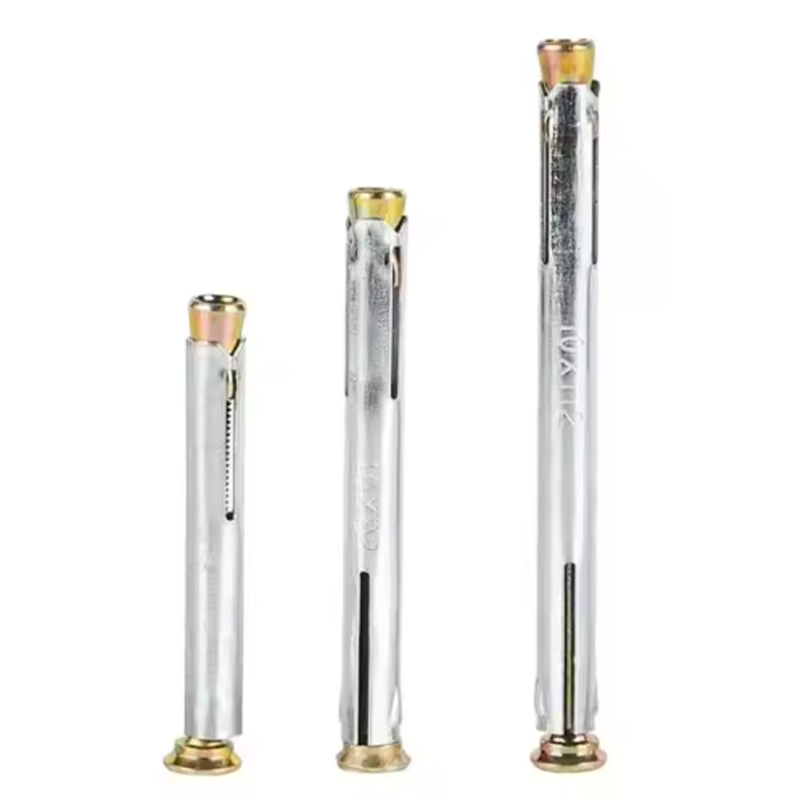

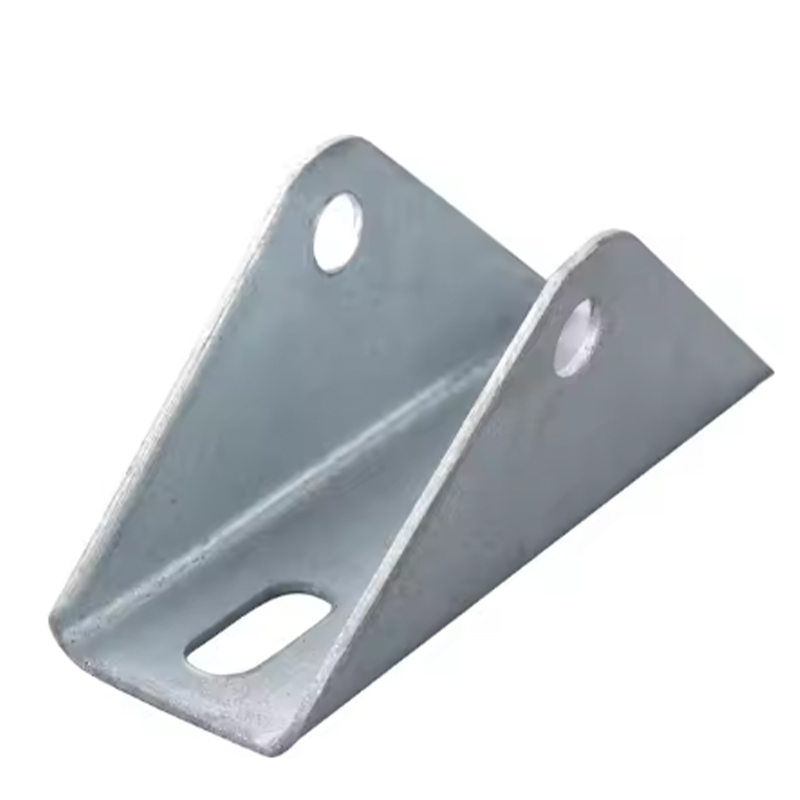
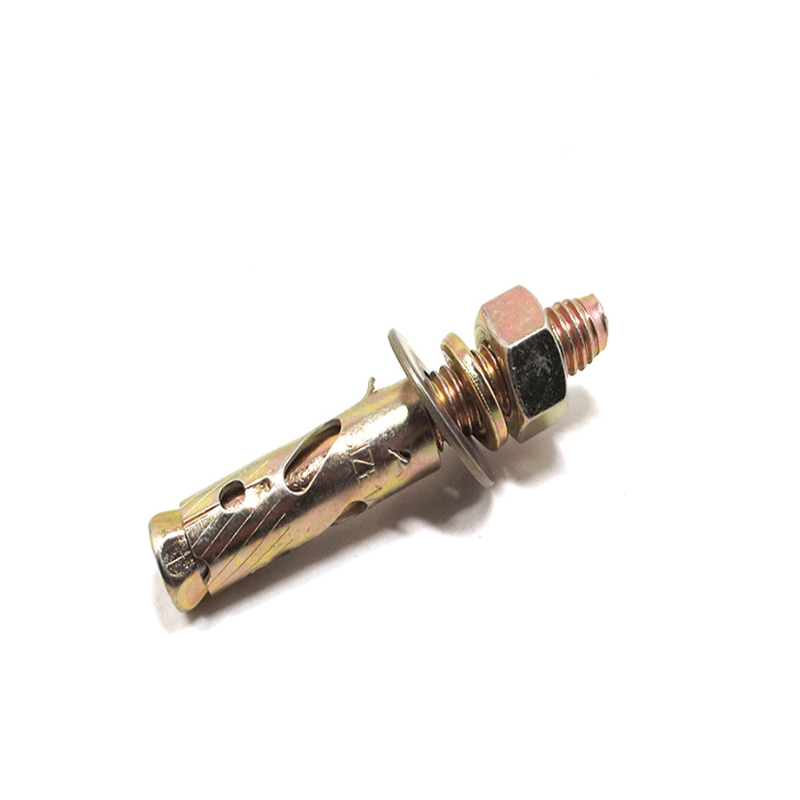
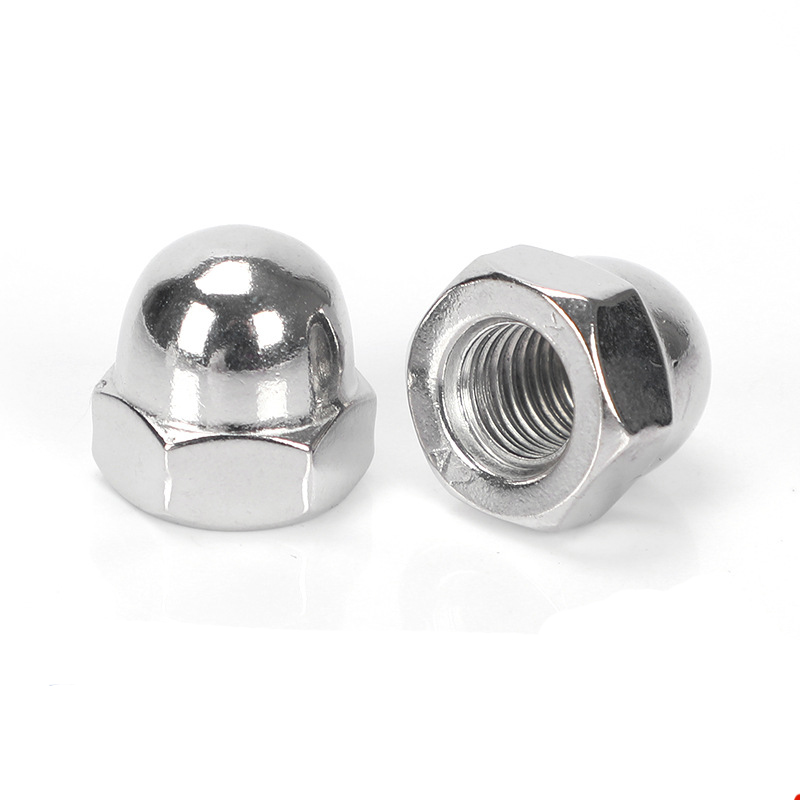
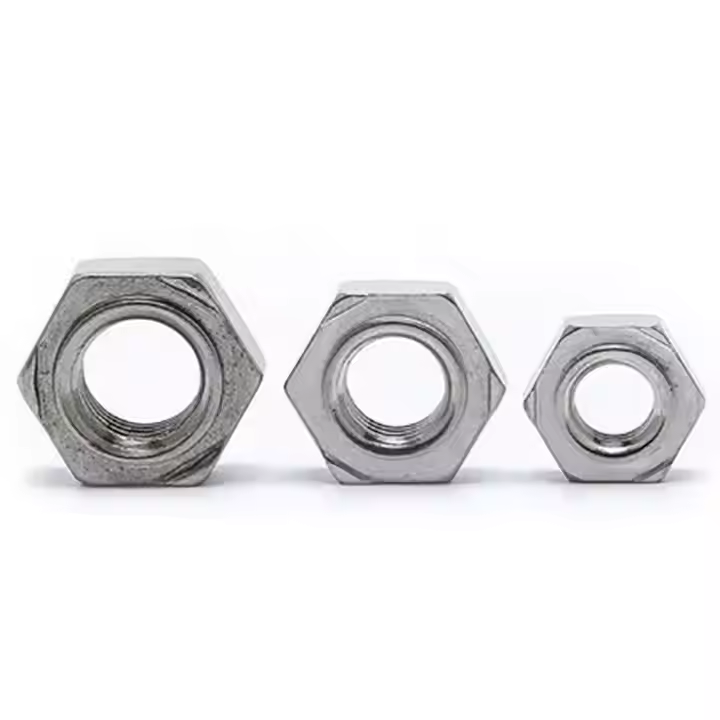
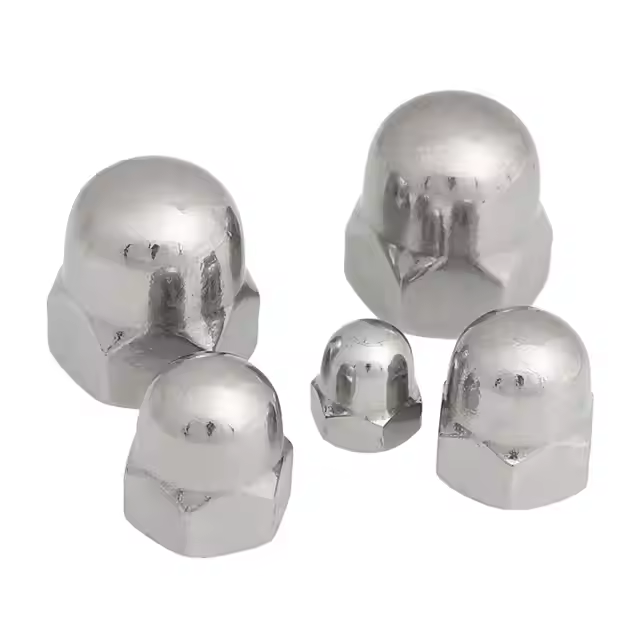
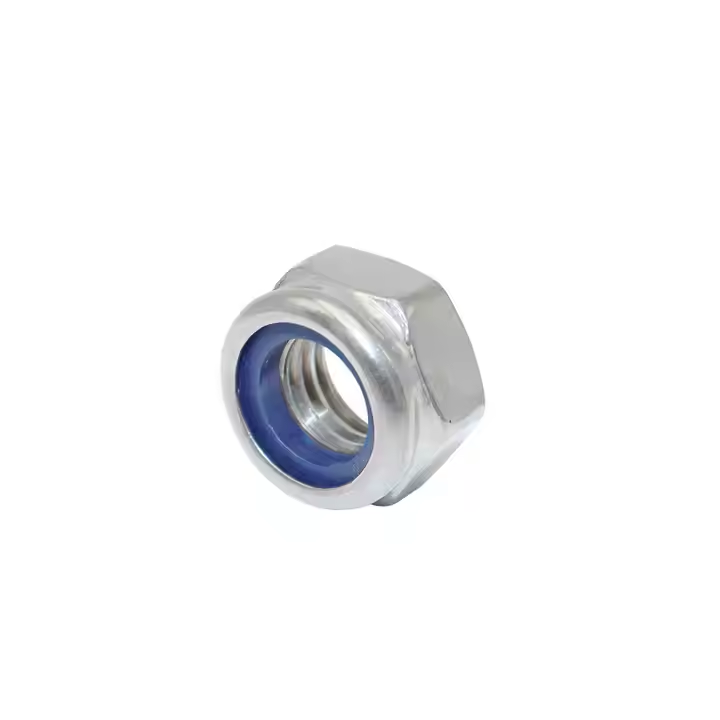
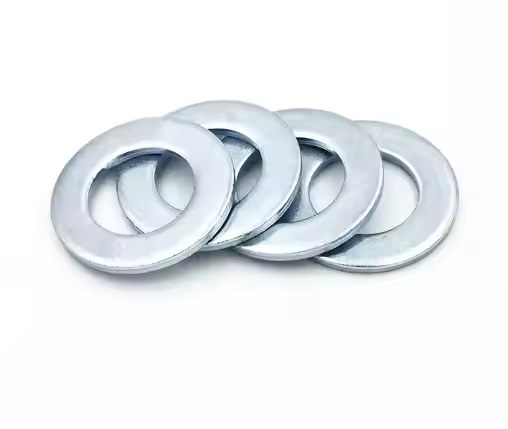
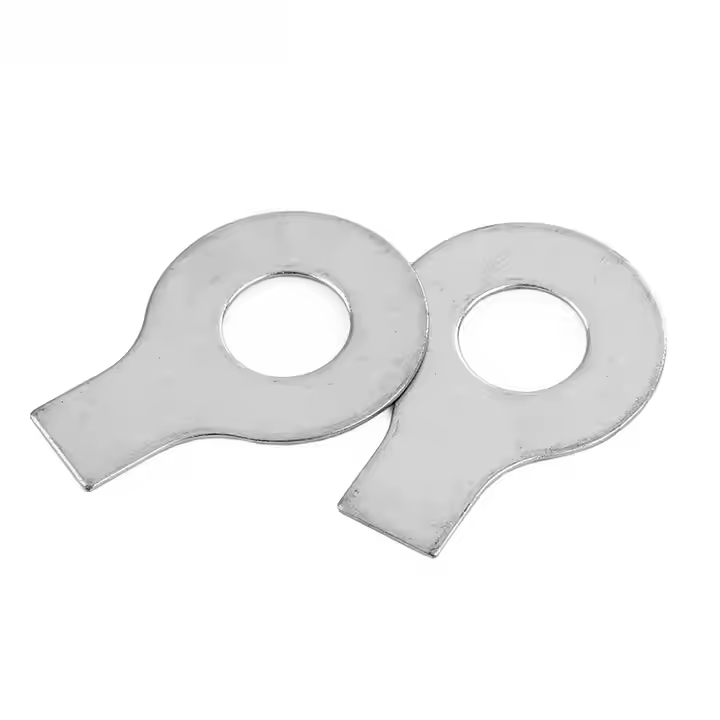
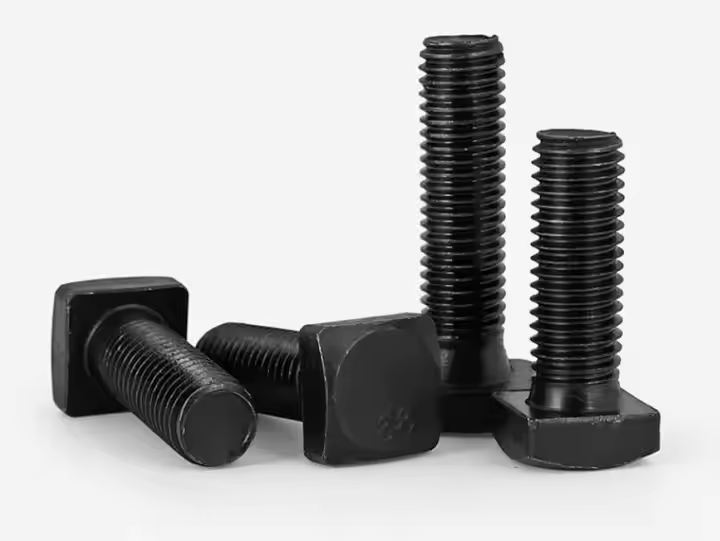
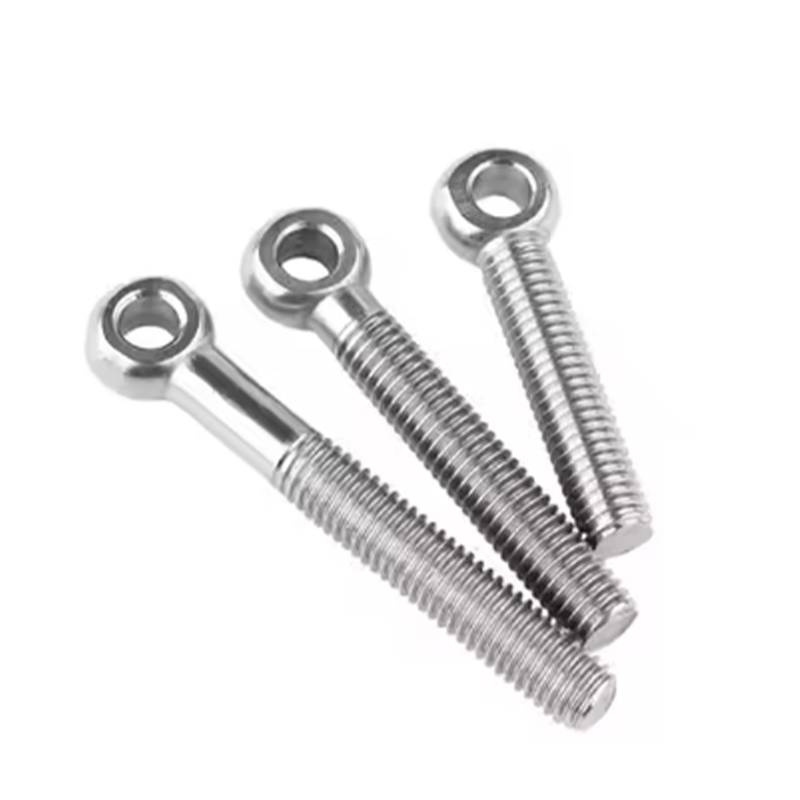
Please enter your email address and we will reply to your email.